To give special operators’ a better option when they need to move around discreetly in foreign locales, U.S. Special Operations Command has purchased hundreds of modified commercial pickups and sport utility vehicles over the years. But with multiple different types from different manufacturers in service, this fleet has become increasingly complicated and expensive to maintain and now the command wants new, standardized vehicles that have a James Bond-esque ability to imitate to looks and sounds of the existing trucks.
In February 2018, representatives from the Special Operations Command (SOCOM) program office that oversees special operations vehicle development and procurement sat down with contractors to explain what they were looking for and get feedback about its proposed performance specifications for what they’re officially calling the Purpose Built Non-Standard Commercial Vehicle, or PB-NSCV. The Pentagon’s top special operations headquarters is hoping to hold a “vehicle rodeo” in early 2019, issue a formal request for proposals by the end of that year, and select a final design to replace some of its more than 500 existing vehicles in 2020. An existing $170 million contract to support the present fleet will end in 2023.
Having a purpose-built design “may allow a portion of the fleet to satisfy the more strict mission requirements (payload, rugged mission profile, durability),” a briefing, which SOCOM subsequently released on the U.S. government’s main contracting website FedBizOpps, explained. It also might offer “the potential to reduce cost on the rest of the NSCV fleet by not requiring every vehicle to meet the broad mission requirements.”
At present, special operators have access to a mix of Ford Ranger, Toyota Hilux, and Land Cruiser 79-series pickups, as well as Land Cruiser 76, 78, and 200-series sport utility vehicles (SUVs). The various types offer a flexible set of options with different load carrying capacities and levels of armor.
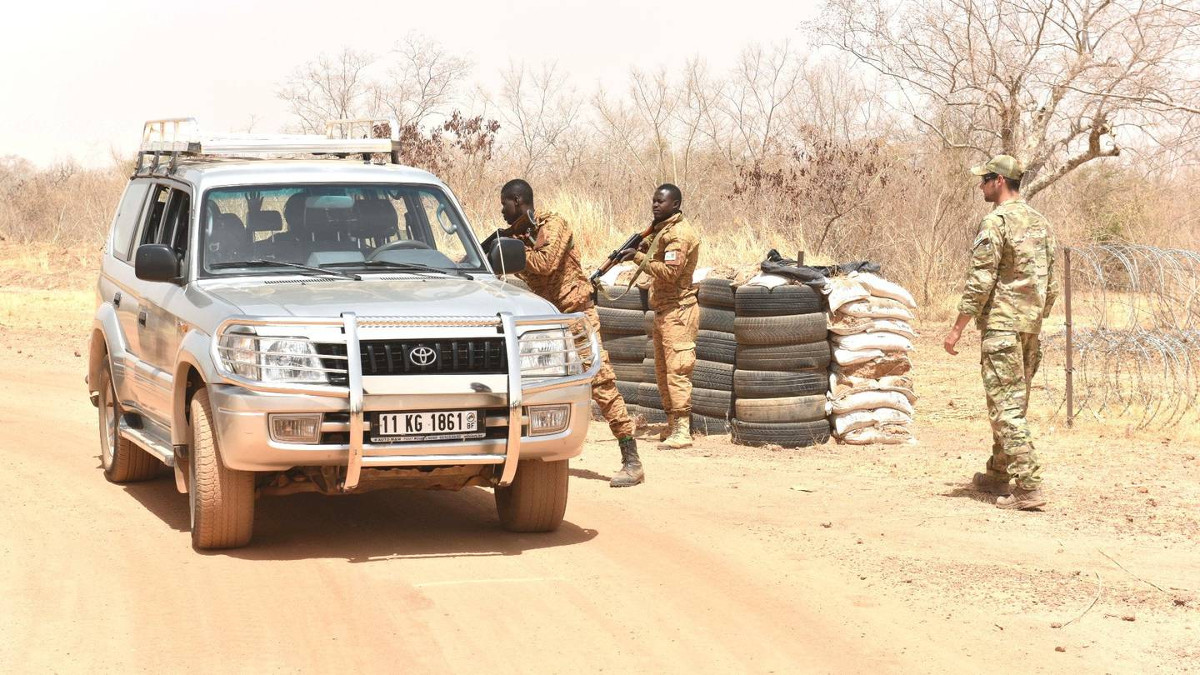
This diversity is also due to the fact that certain types are more prevalent than others in different regions of the world where special operators might be working. Toyota Hilux and Land Cruiser types, for instance, are commonplace in Africa and the Middle East, but less so in Europe.
But it’s also increasingly a logistical nightmare that is costly to maintain. Original and modified parts from one of SOCOM’s Toyota aren’t necessarily interchangeable with those on a Ford and vice versa. Two different model year trucks within the same series – say a 2010 Toyota Land Cruiser and a 2016 one – might not even share all their components. The command already appears to have been trying to simply the situation somewhat by eliminating a number of older Nissan trucks.
Now SOCOM is proposing a novel solution that sounds like something out of action movie or G.I. Joe play set. The new PB-NSCV will have a standard chassis and drive train with a 10 to 15 year life cycle, greatly streamlining routine maintenance and more intensive overhauls and the logistics chain. The vehicle’s body, however, will be able to accept “interchangeable skins” to make it look like a Ranger or a Land Cruiser as necessary.
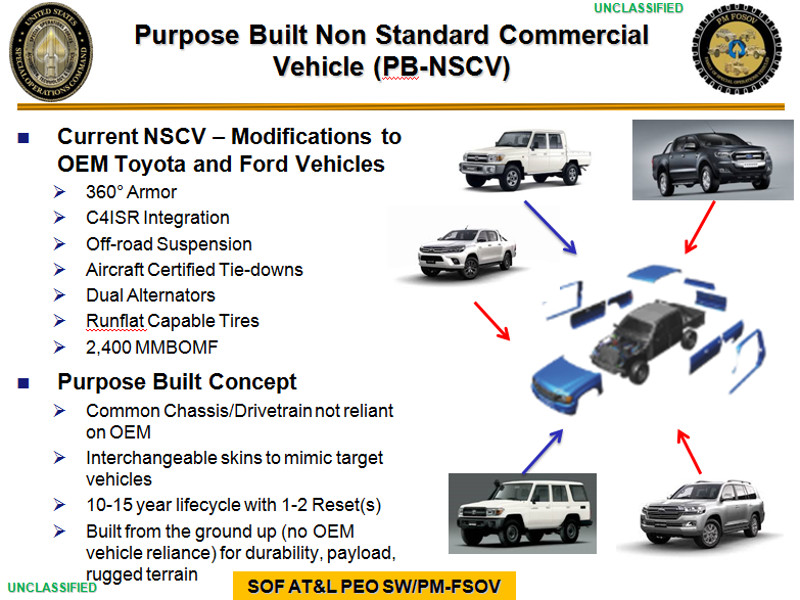
The kits need to be able to transform the base truck into at least a Ford Ranger or a Toyota Hilux Vigo, but hopefully will be able to mimic the lines of a Toyota Land Cruiser 200, as well. Contractors would supply these panels and other components in crates that units could use to reconfigure their trucks at forward operating bases and more established facilities.
SOCOM says the effect has to be good enough that the vehicle will be essentially indistinguishable from their commercial counterparts to observers standing approximately 330 feet away while it’s traveling at a nominal speed of 35 miles an hour. It also can’t sound like a military truck is hiding underneath while it’s idling, though the command admits it hasn’t figured out yet how it plans to test these acoustic signatures.
Beyond that the new chassis and drive trains will offer improved performance over the present modified commercial designs, which could expand their capabilities and allow them to perform more demanding missions. The purpose-built vehicles will have greatly increased payload capacity and overall weight limits in order to better handle added armor, weapons, and other gear without a significant loss of performance.
The proposed PB-NSCV will have a curb weight of no more than 9,500 pounds, but be able to support a full gross weight of at least 12,500 pounds. For comparison, a new double cab Toyota Hilux straight off the dealership lot has a standard gross weight of less than 6,500 pounds and a payload capacity of around 2,300 pounds, for a combined weight of approximately 8,800 pounds.
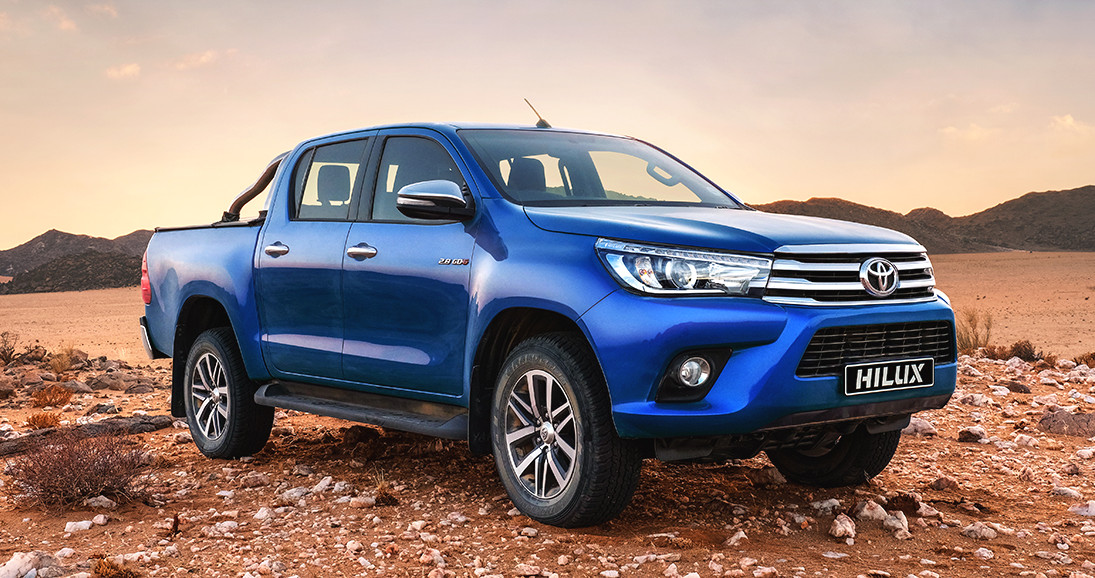
SOCOM also wants the trucks to be able to fit inside one of the 160th Special Operations Aviation Regiment’s MH-47 Chinook helicopters in at least a stripped down state. The hope is that contractors will be able to meet this requirement with a vehicle at its gross weight, but the command acknowledged in its briefing that the aircraft’s physical constraints could make that a difficult proposition.
There is a separate demand that special operators be able to sling load the PB-NSCV underneath a Chinook or a Sikorsky H-53 pattern helicopter, such as the Marine Corps’ CH-53E Super Stallion or its future CH-53K King Stallion. It’ll have to fit inside a C-130-size airlifter, too.
The goal is to bake in a certain level of modularity into the design so that units can install certain features and otherwise upgrade specialized gear as necessary, instead of costly fleet-wide modification programs, as well. Common mission equipment on these vehicles can include encrypted military communications systems, devices to jam remote detonated improvised explosive devices, and radio direction finding and other compact signal intelligence suites to help spot and track enemy movements via their radio and cell phone signals.
As far as firepower goes, the PB-NSCV will have provisions for either a mounted .50 caliber M2 machine gun or possibly even a remote weapon station, the latter of which would allow personnel to fire this main weapon from within the vehicle and not necessarily have to expose themselves to enemy fire. Pickup truck variants will have a another mount in the rear bed that can accept various 7.62mm and 5.56mm light machine guns.
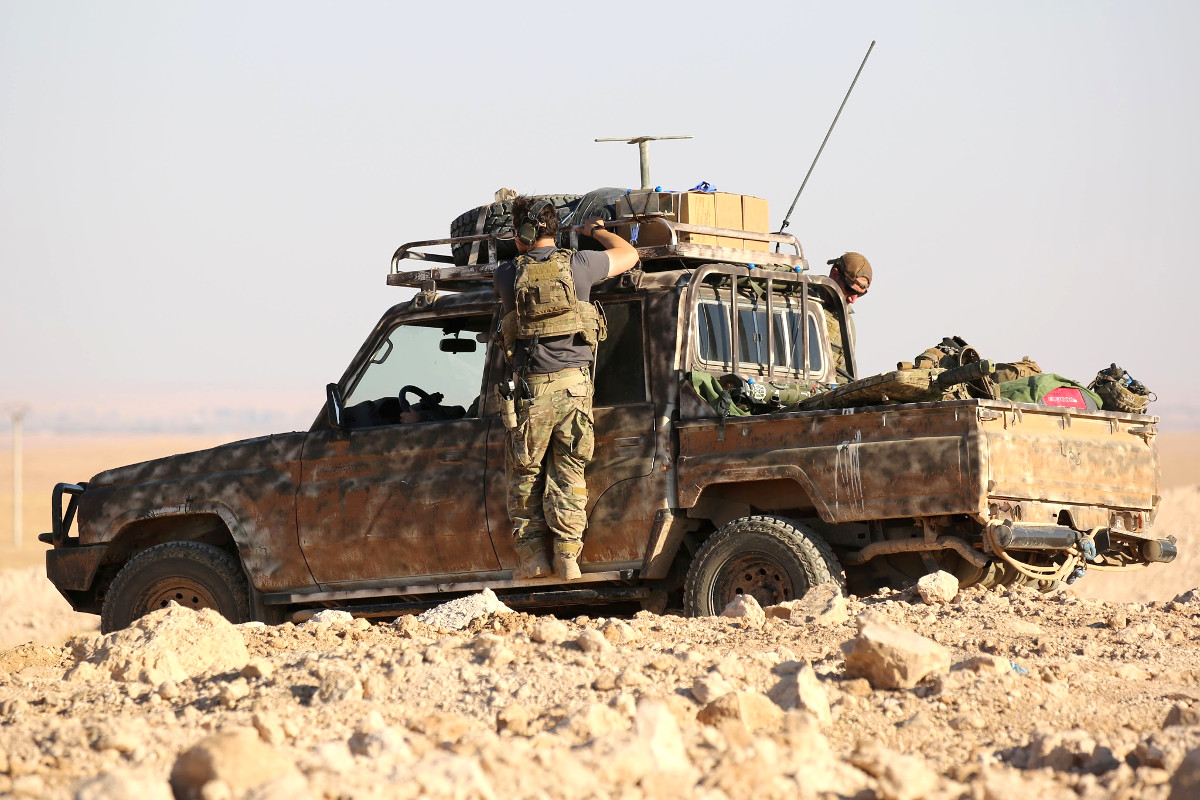
All told, the proposed vehicle does sound impressive, especially if it can truly mimic the look of existing commercial trucks. But it also does raise the question of whether or not the basic idea of a “purpose built” yet “non-standard” design is a cost effective option or a truly viable alternative.
The challenging requirements, especially the need to readily imitate existing vehicles, could easily result in an expensive baseline vehicle. This is before one takes into account the added expense of buying and pre-positioning the alternate body kits and other equipment at locations around the world, as well as the likely necessary licensing fees to Ford and Toyota so defense contractors can build those components in the first place. It is not at all clear that this would automatically offer a cheaper option when compared to specially modifying commercial-off-the-shelf trucks.
On top of that, in question and answer sessions that followed the main briefing in February 2018, various contractors in attendance highlighted potential issues with the “blendability” requirements. They noted that it would be near impossible to hide all of the military-style features – including specialized infrared headlights and blackout turn signals for nighttime operations – that SOCOM wants to have on the trucks.
Many of those same issues already apply to the command’s existing fleet, which is supposed to provide a “low visibility” means of operating in “politically or operationally constrained” environments, according to a separate 2017 SOCOM briefing. Those trucks are often covered in antennas and other equipment, sport large machine guns, and carry heavily armed special operators.
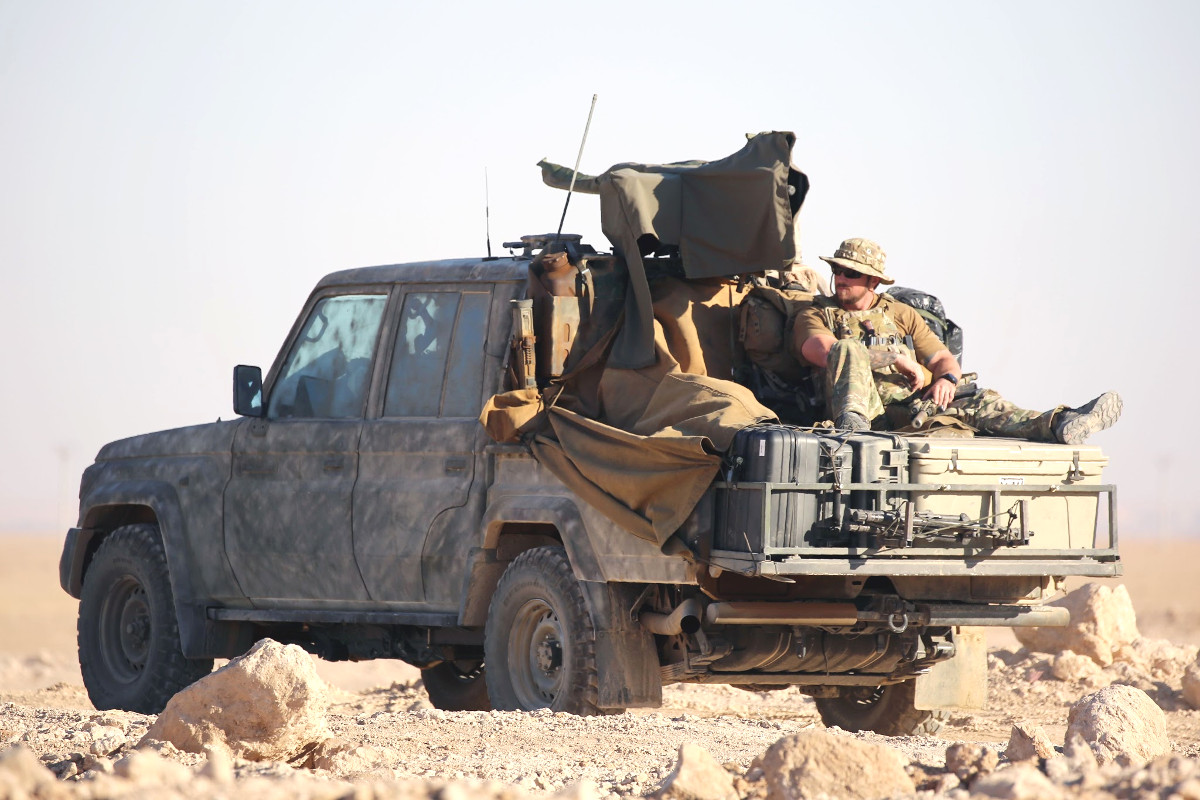
There is a growing debate over the exact value of these vehicles in general, especially in light of a terrorist ambush in Niger in October 2017 that killed four U.S. Army soldiers. Those individuals had been traveling in these modified trucks at the time as part of a larger convoy that included Nigerien security forces.
Helmet camera footage from the event, which the terrorist group Islamic State in the Greater Sahara recently released online, indicates that the trucks afforded little protection during the ensuing battle. It’s still not clear if heavier vehicles, such as an up-armored Humvee or a Mine Resistant Ambush Protected (MRAP) truck would have necessarily changed the outcome of the incident, which reportedly involved dozens of enemy fighters in their own trucks and armed with heavy machine guns and rocket propelled grenades.
In 2016, a Jordanian soldier murdered three American special operators at an entry checkpoint to a facility in that country. In that incident, the U.S. personnel were again traveling in Hilux pickups at the time.
That being said, a heavier, more obviously military vehicle is unlikely to be appropriate in all situations and in many cases could actually raise the risks to American personnel operating abroad by making them and their routine movements more visible to potential enemies. Regularly using MRAPs or other similar trucks could potentially have a destabilizing political impact in certain areas, as well, giving the impression of a major American intervention, or even an invasion, rather reflecting the actual more limited training and advisory deployments.
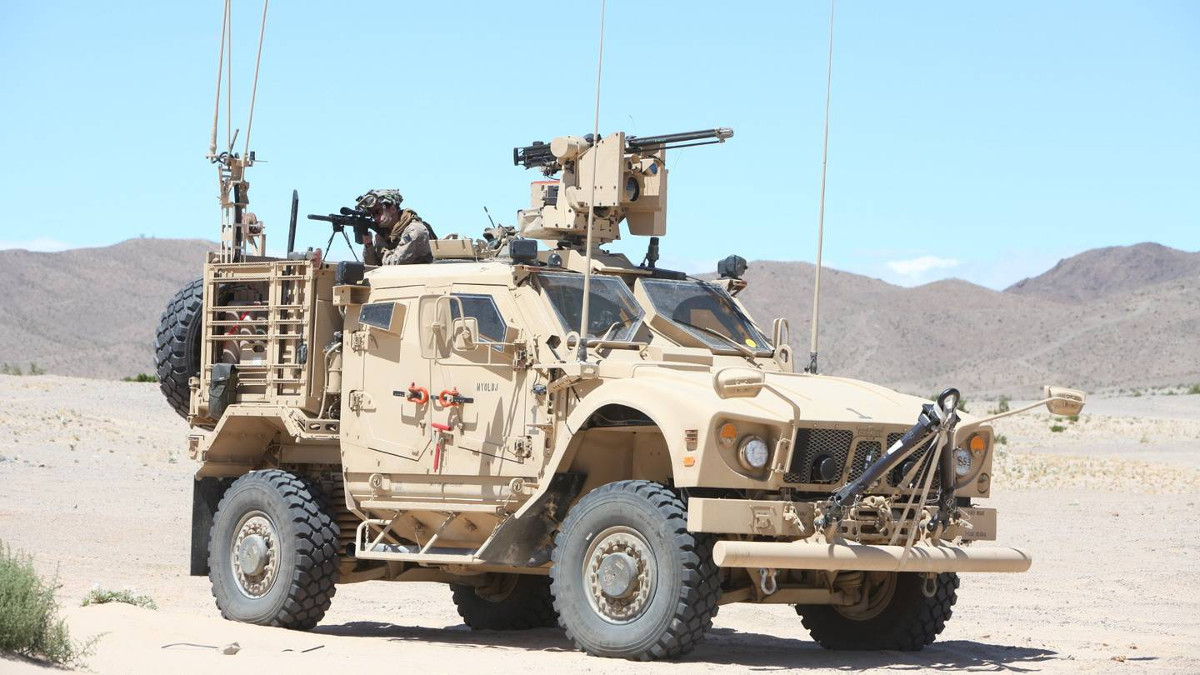
We have already seen an example of the need for this flexibility during the campaign against ISIS in Iraq and Syria, where US special operations forces have employed both up-armored Humvees and MRAP-type vehicles in certain situations. However, they have also been seen riding in modified pickups and SUVs, special lightweight battle buggies, and small all-terrain vehicles.
Still, the requirements for the PB-NSCV seem to be at least somewhat of an acknowledgment that the capabilities of the present fleet are indeed limited in certain cases and there is a need for additional capabilities. It will be interesting to see what concepts contractors will be able to come up with that outwardly present the look and feel of a regular civilian pickup truck, but conceal a specialized military vehicle.
Contact the author: joe@thedrive.com
